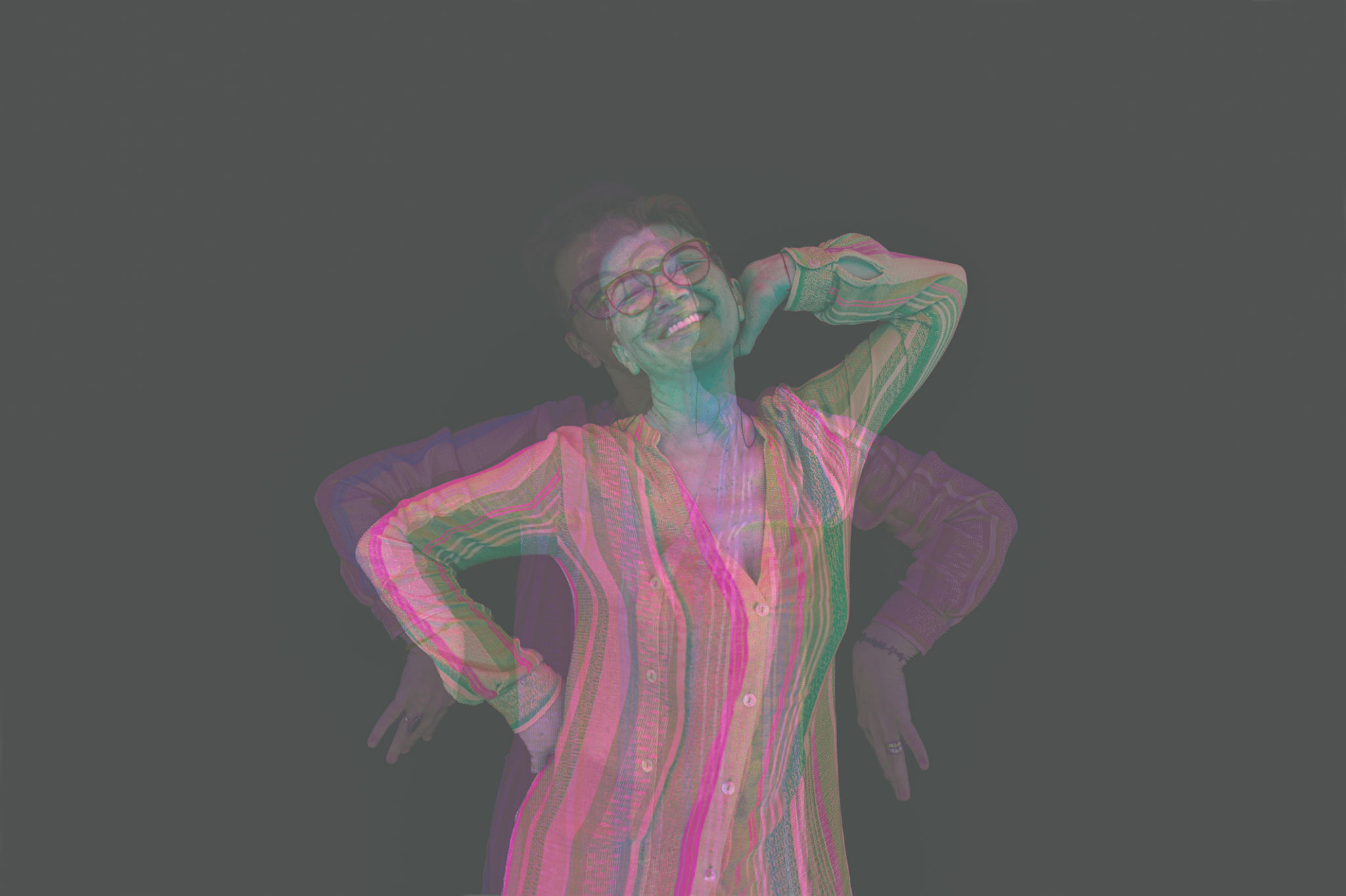Top Trends in UX and Design: What to Watch For
Embracing Minimalism
In recent years, minimalism has taken the forefront in UX and design trends. This approach focuses on simplicity, reducing clutter, and emphasizing only the most essential elements. By embracing minimalism, designers can create interfaces that are not only aesthetically pleasing but also enhance usability. This trend is characterized by ample white space, clean lines, and a focus on typography.
Minimalist design is particularly effective in mobile applications where screen space is limited. It helps in directing user attention to key functionalities without overwhelming them with unnecessary information. This trend aligns with the growing preference for intuitive and straightforward user experiences.

Rise of Dark Mode
Dark mode has become increasingly popular in both web and app design, giving users the option to switch from bright backgrounds to darker ones. This trend caters to user preferences for a more comfortable viewing experience, especially in low-light environments. Dark mode is not just about aesthetics; it also offers potential benefits such as reduced eye strain and extended battery life on OLED screens.
Designers are now tasked with creating dual interface designs that function seamlessly in both light and dark modes. This requires a thoughtful approach to color schemes, contrast, and readability to ensure an optimal user experience regardless of the chosen mode.

Microinteractions
Microinteractions are subtle animations or visual cues that enhance user engagement and provide feedback on actions taken within an application or website. These small design elements can significantly improve the user experience by making interactions feel more intuitive and responsive. Examples include a button changing color when clicked or a notification icon subtly bouncing to grab attention.
The goal of microinteractions is to create a more human-centered design that feels alive and responsive to user actions. When implemented effectively, they contribute to an overall smoother and more delightful experience.

Personalization and AI
As technology advances, personalization has become a crucial aspect of UX design. Users now expect experiences tailored to their preferences and behaviors. Artificial intelligence plays a significant role in enabling this level of personalization by analyzing user data to deliver customized content and recommendations.
From personalized product suggestions to adaptive interfaces that cater to individual user needs, AI-driven personalization is transforming the way users interact with digital products. This trend not only enhances user satisfaction but also drives engagement and retention.

Augmented Reality Experiences
Augmented Reality (AR) is reshaping the landscape of UX and design by merging the digital world with the physical one. As AR technology becomes more accessible, designers are exploring innovative ways to integrate it into their products. AR offers immersive experiences that can enhance learning, shopping, gaming, and more.
Whether it's virtual try-ons in e-commerce or interactive learning tools in education, AR provides a unique way to engage users by overlaying digital content onto the real world. The challenge for designers is to create seamless AR experiences that are intuitive and add value for users.

